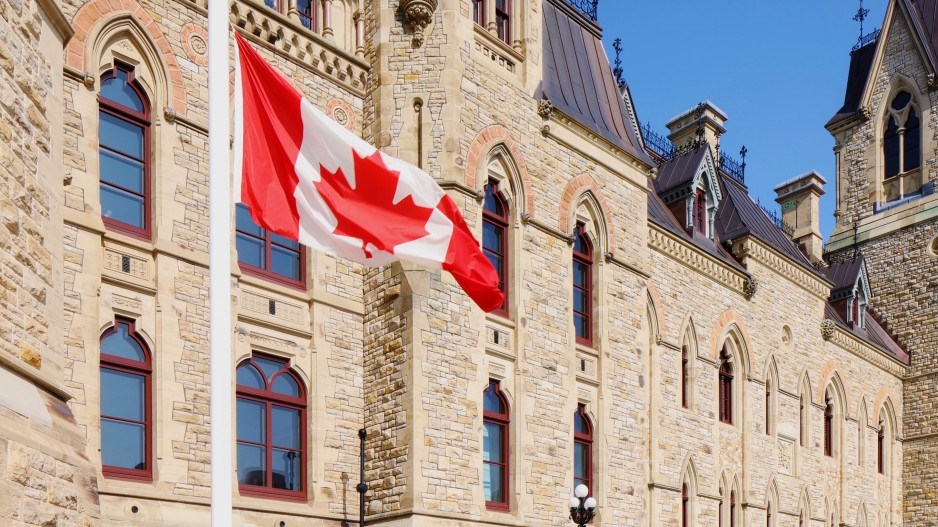Canada’s population is set to reach 40 million people Friday in a milestone that comes after a year of record growth.
Statistics Canada’s population clock is projected to tick past the 40-million mark on June 16 just before 12 p.m. PDT , said the agency in a statement.
"This is an exciting milestone for Canada," said Anil Arora, Statistics Canada’s chief statistician. "It is a strong signal that Canada remains a dynamic and welcoming country, full of potential.”
Canada’s population growth has gone through a number of changes in recent decades.
Large waves of immigrants came to the country in the 20th century, including more than 400,000 in 1913. That record wasn't broken until 2021.
It fell again the next year, which marked the first 12-month period in the country’s history where its population grew by more than a million people. The 2.7 per cent growth rate is the highest on record since 1957, when the height of the post-war baby boom led the country to grow by more than 3.3 per cent.
At the time, the 1956 Hungarian Revolution sent a large number of immigrants to Canada. Today, nearly all of Canada’s population growth comes on the backs of immigrants. In 2022, 95.9 per cent of demographic growth came from new arrivals. That continues to put Canada’s population growth among the top 20 in the world.
“If it stayed constant in years to come, such a rate of population growth would lead to the Canadian population doubling in about 26 years,” said StatsCan in a statement in March.
Suzanne Huot, an assistant professor at the University of British Columbia’s Department of Occupational Science and Occupational Therapy, said the government’s plan to ramp up immigration is going to both help fill needed jobs and balance out Canada’s aging demographics.
“As a whole, all parties seem to agree immigration is important to move forward,” said Huot, who researchers how international migration influences people’s lives.
Huot says the growing population will inevitably face challenges. Along with widely unattainable housing prices, governments need to invest more to keep pace with social infrastructure like public transport, she said.
“A lot of public transit is not as robust as [it is] in some areas. That can lead to social isolation,” said Huot.
Thomas Davidoff, an associate professor at UBC’s Sauder School of Business, said two of the most important solutions — both of which many governments are increasingly acting on — are to build more homes and provide income supports for those who can’t afford them.
“We’ve got lots of people coming into Canada, which I think is a great thing. But we’ve got to serious problem with housing,” he said.
“When we have too many people with not enough homes, that leads to price increases.”
Davidoff said he worries that if the housing problem isn’t solved it could lead to the kind of immigrant scapegoating seen in certain parts of the United States.
In 2022, Statistics Canada says every province saw an uptick in non-permanent residents — many holding work or study permits. The number of asylum claimants also shot up, in no small part because of people fleeing the war in Ukraine.
As the years go on, Huot says she expects more people driven from their homes from war or environmental disaster to look to Canada for refuge.
“These problems are global. We can’t turn away when people are looking to Canada,” she said.
“I want to make sure people understand the importance of keeping borders open and not falling victim to scare tactics.”




